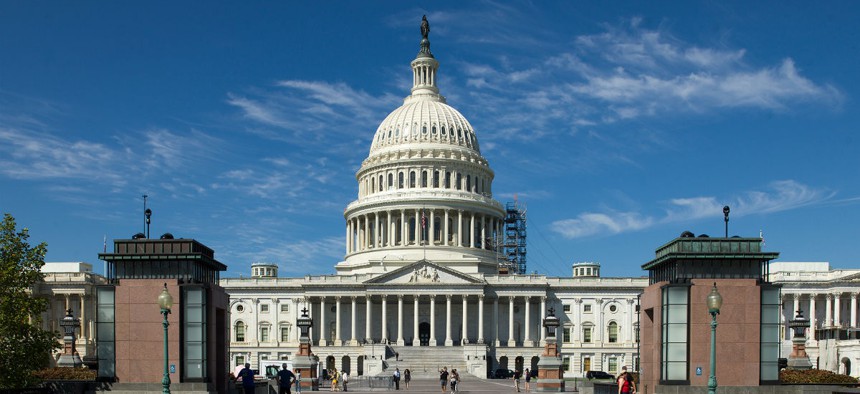This Is No Way to Run a Government
Addressing fiscal concerns doesn’t preclude improving the way agencies deliver on their missions.
As one of its final acts, the 114th Congress will wrap up with yet another continuing resolution. No one is surprised or particularly concerned; the only real debate seems to be over the length of the resolution—will it run through the April recess? Into May? Nothing about funding the government through the rest of the year. Think about that. It’s become “normal” that agencies must operate without budget clarity well into the fiscal year. But there’s really nothing normal about such a process, and as the Trump Administration and the 115th Congress prepare to take office, this is a good time to start thinking about creative alternatives to the fiscal chaos that has dominated government operations for the last decade or more.
First, let’s be clear. The advent of a “united” government does not, in and of itself, portend an end to that chaos. There are enormous philosophical and political gaps between Republicans and Democrats, as well as within the parties. Differences abound about how and whether to fund the president-elect’s proposed infrastructure initiative. Tax reform involves a set of highly complex and equally conflictual possibilities—not just between the parties, but within them as well. If we learned one thing from the recent elections it’s that the divisions that beset our nation go well beyond party lines.
That we need a clear and cogent fiscal policy is not in question. The need to reduce the deficit is a given, even if the acceptable level remains a matter of debate. So too is the need to reduce our national debt. The Office of Management and Budget conservatively estimates that the cost of annual debt service alone will be equal to nearly 80 percent of the entire discretionary budget within just a few years. If interest rates go up even slightly more than projected, the cost of that annual debt service jumps precipitously. But there are stark differences of opinion about how to deal with those challenges without gutting federal operations or raising taxes to unhealthy or politically unacceptable levels.
There are, however, alternatives to the traditional cut-or-spend debate. State and local governments, for example, have demonstrated success in partnering with the private and nonprofit sectors to address a range of social and economic challenges. While public-private partnerships, known as P3s in some quarters, have been around for decades, many people associate them only with infrastructure projects, such as toll roads built to reduce traffic congestion. But today’s variants are more mature and often involve multiple parties (including nonprofit organizations) to address such challenges as moving people off welfare rolls and into the workforce.
Most importantly, these models take a broad view of outcomes. For instance, an effective program designed to help people transition out of welfare into sustainable employment is measured not just on the operational costs of the program—the typical government measure—but on the systemic cost savings it drives, which, of course, are ultimately far more important. Thus, such factors as an individual being able to hold a job (as opposed to simply getting one) are a part of the equation. Such outcome measures help ensure the right behaviors and actions on the part of the implementers and are directly tied to the best interests of both the community and the individuals being served.
As the usual fiscal madness continues, we would do well to examine the many partnership models that exist and to look for ways to incorporate them. They represent opportunities to have multiple, meaningful impacts. We would also do well to finally address the unique federal budget rules that often make such partnerships impossible.
It’s time to get serious—and creative—about addressing very real budget concerns while also improving the way government agencies deliver on their missions.








